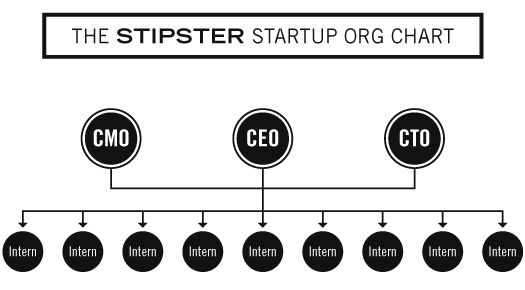At ServMask, we have been offering products since early 2014. We started with a refund policy that was “email us to get a full refund, no questions asked”. We then moved to 30 days, money-back guaranteed, succeeded by 7 days, and finally stopped at No refunds. In this article, I will describe the issues we’ve encountered with every refund policy, why we changed it and is there something we could have done better.
Full refund, no questions asked

We’ve been using this refund policy for over a year. The positives are that we didn’t need to hire expensive lawyers to draft the policy, it helped us maintain a healthy relationship with our users and we were able to get painless testing of our products. One year passed, it was time to fill our taxes and we found a big surprise, refunds took 30% from the profit. We had no answer to obvious questions like, “Are the products that crappy that users were requesting so many refunds”. While looking at the data, we noticed that some users were requesting a refund months after purchasing the product. We decided to change our refund policy a bit.
30 days, money-back guaranteed

This was our attempt to filter out users who were requesting refunds months after purchasing a product. It started well, refunds rate was reduced by.. 3%. We were still refunding 27% of the profit. It was time to start talking to our users and understand what their issues with the product are and how we can improve.
7 days refund policy

The refund policy was simple, customers get 7 days to try the product and request a refund if they were not happy with the product. However, we added 3 bullet points that required the customer to provide enough information about the issue they were having. We did not proceed with the refunds until we collected all the information we needed to make the products better. We learned that customers expect a lot of tutorials and help materials. While we provide world class support, customers still prefer to seek the answer on their own instead of talking to us. We also improved many technical issues we were having with the products. This reduced the refunds down to 15%. That’s 50% improvement from where we were one year ago. Over time, we encountered customers that were making stories just to get a refund. This pushed us to a new refund policy.
No Refunds

This may seem very drastic at first but it is good to know that we moved our way slowly to this policy. With this policy, we basically allowed ourselves to decide who gets a refund and who does not. While running with this refund policy for the last 2 months, we have not received any negative reviews. This is achievable by treating our customers honestly and refunding them for legitimate issues with our products. There was no decrease of the number of sales during the last two months. I cannot wait for the end of the year to find out how the refund rate has improved but I found this policy to be the logical place for us to be in.
Advice for startups

If you are just starting your business, I advise you to start with a refund policy that sets the time within which the customer can request a refund. You should try and understand why the customer is asking for a refund and improve your business to satisfy the market. In the end, it is a learning process and the more you know about your customer, the better you can satisfy their needs. Keep in mind that all customers are different and there is no silver bullet. Gradually improve your offering and refund rate will decrease.
